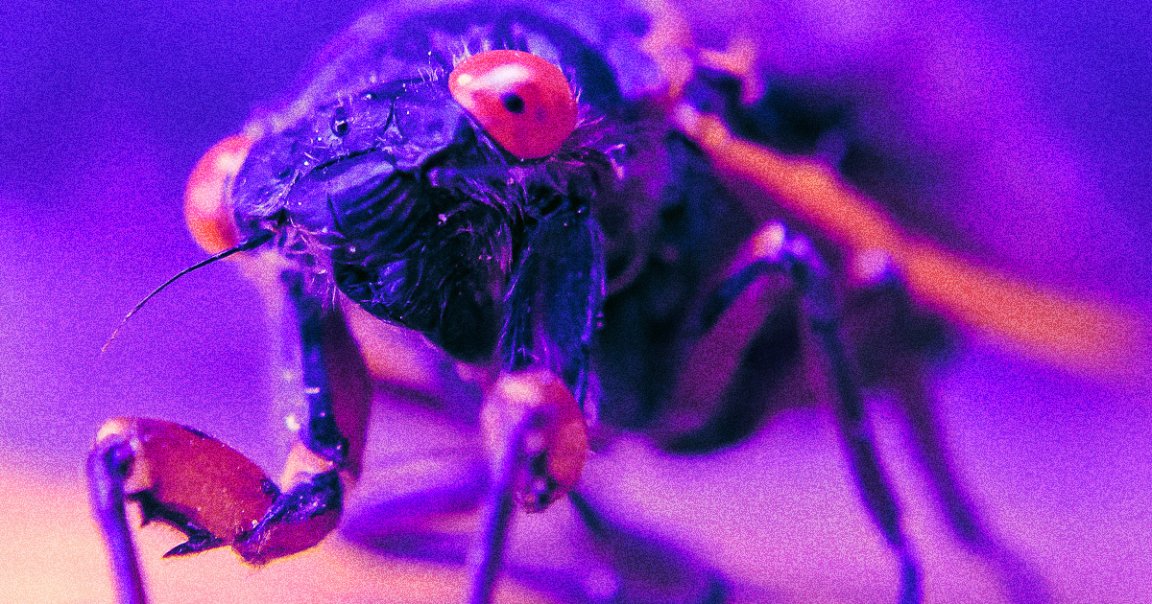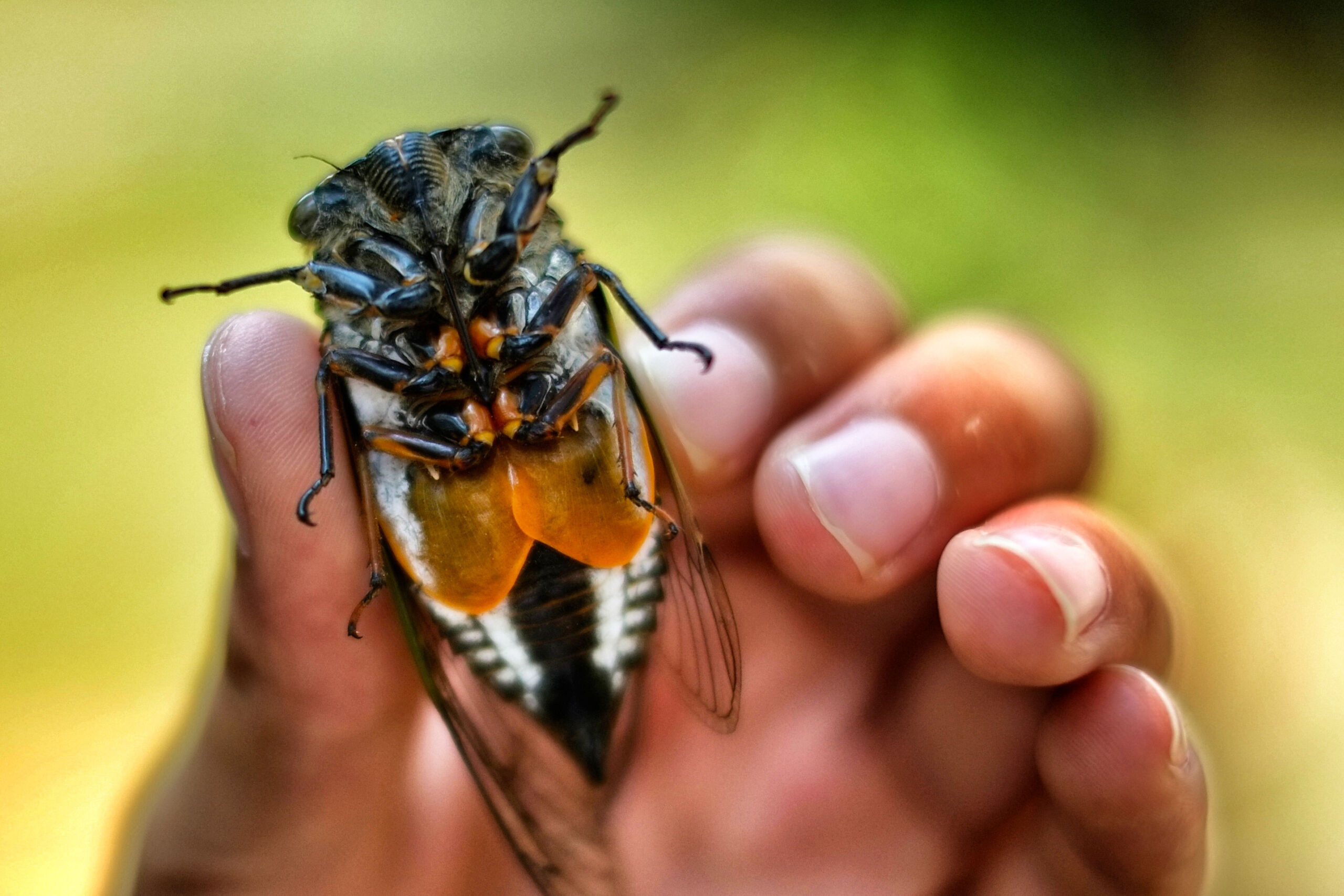
Bugging Out
For the first time in centuries, two separate regional “broods” of cicadas are set to arise and invade parts of the United States, with experts saying that up to a trillion — yes, that’s “trillion” with a “t” — of the screeching insects may descend upon the unsuspecting populace.
As the New York Times reports, the end of April will bring the activation of Brood XIX, or the “Great Southern Brood,” and Brood XIII, the “Northern Illinois Brood” — an intersection that last struck in 1803, when Thomas Jefferson was still president.
Roughly 16 states in the Southeast and Midwest will soon play host to this rare drama, which according to the NYT differs in scale from the regular cicada cycles folks in those states are used to experiencing every year.
For most people who connote cicada song with lazy, sepia-toned summer days, the thought of a trillion-strong cicada invasion seems about as unlikely as an earthquake rocking New York City. As a third of the country is soon going to find out, however, these creepy crawlies are pretty freaky-looking up close.

Emergent Species
With a wingspan ranging between two to three inches and a body the size of two adult thumbs, Brood X, of which both the Northern Illinois and Great Southeastern cicadas hail, is according to the University of Connecticut’s incredibly-detailed cicada research site among the largest of these bugs’ broods due to its sheer size.
This year’s “emergence,” as UConn refers to it, will allow those in the affected regions to see all seven of the named cicada species, which are taxonomically segregated by gender and include names such as tredecim, cassini, and septendecula. Despite some geographic overlap between parts of the Southeast and Midwest, the school’s cicada experts say there likely won’t be any cross-mingling between Broods XIX and XIII, except for a bit of “co-occurrence” in the woods.
For this reason, there likely won’t be any instances of “double” densities, which hopefully means that the ground won’t be doubly full of cicada carcasses once they start singing during the late spring and early summer.
Despite the lack of double-dipping, however, one expert told the NYT that there are going to be way, way more cicadas than usual — and used a striking metaphor to illustrate the point.
Indeed, as Smithsonian Museum of National History entomologist and collections manager Floyd W. Shockley told the newspaper, one trillion inch-long cicadas could cover 15,782,828 if placed end-to-end.
“That cicada train,” Shockley continued, “would reach to the Moon and back 33 times.”
More on rare occurrences: Scientists Surprised to Find Mushroom Growing Out of Frog